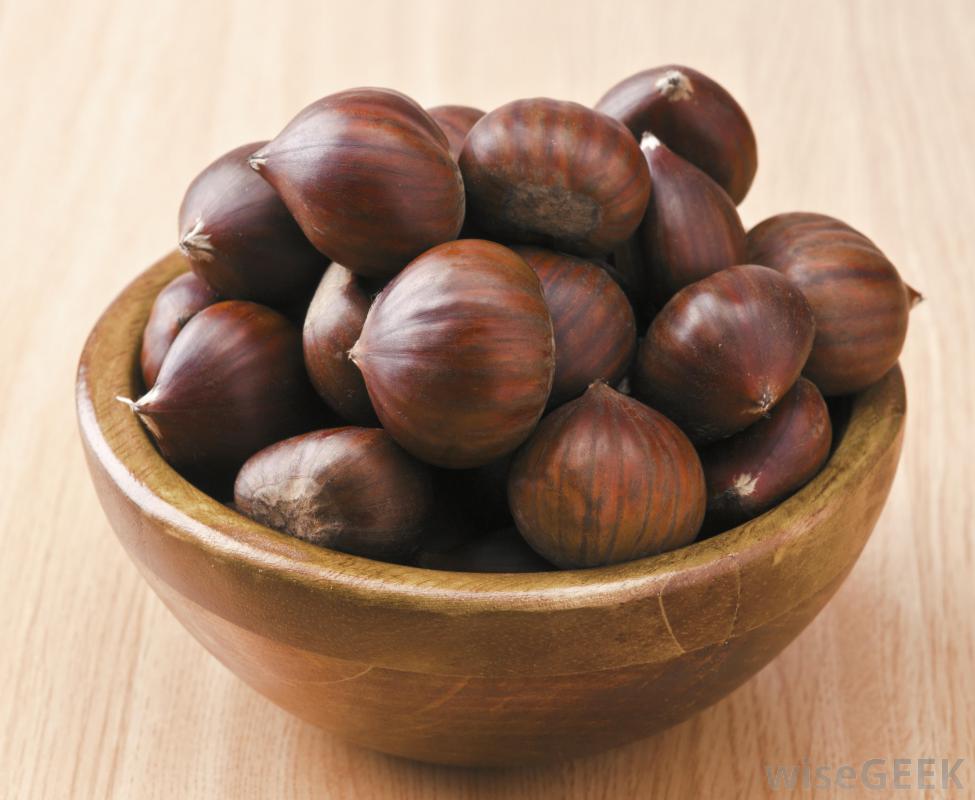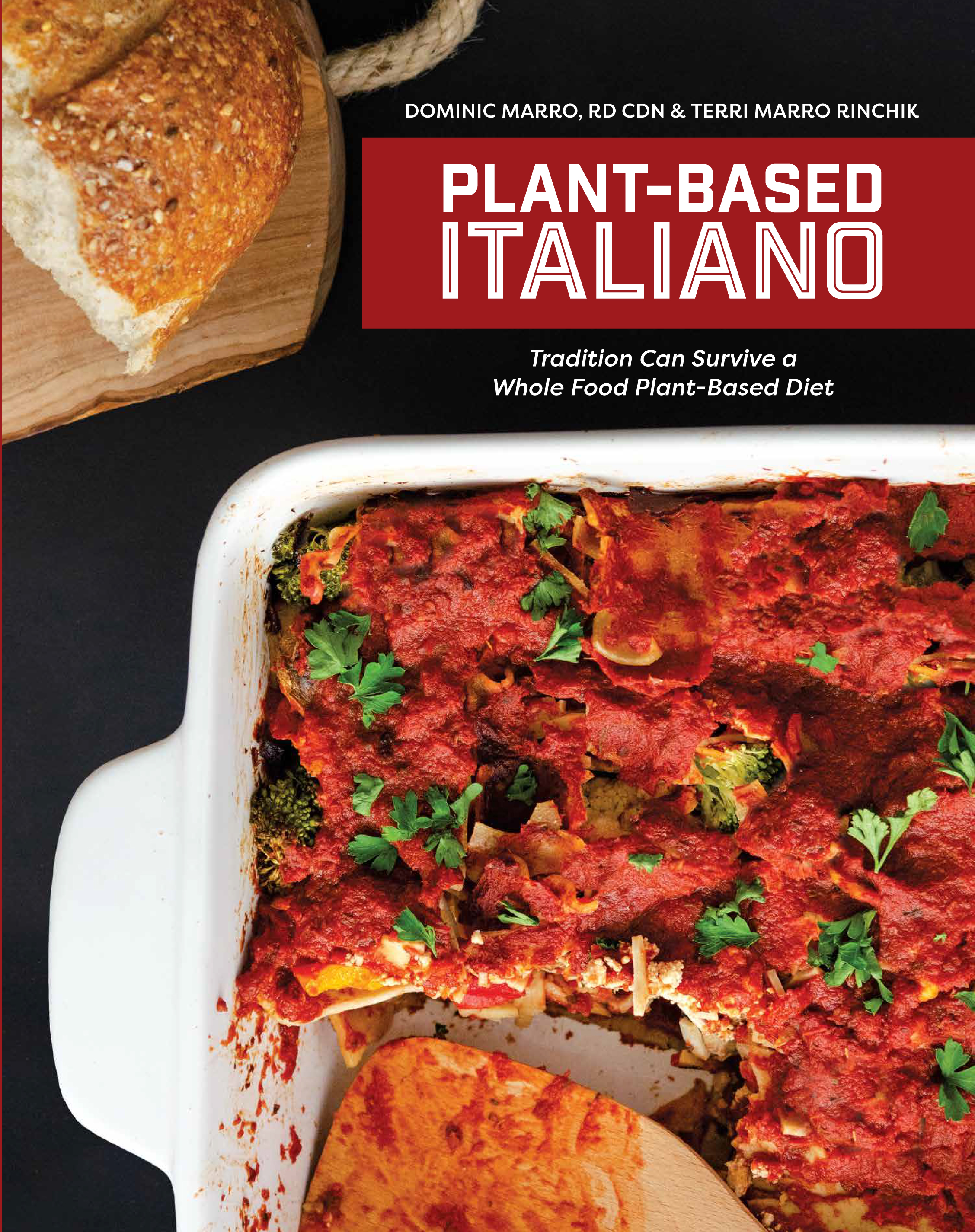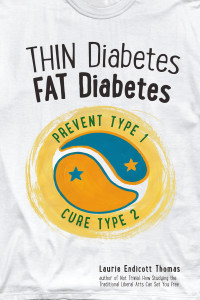
Chestnuts – The Nutty Outliers
If you are transitioning to a whole food plant based (WFPB) diet, you probably have been told to go easy on nuts, seeds and nut butters – especially if you are trying to lose weight. Nuts and seeds are high-fat foods, therefore they are high in calorie density. Chestnuts are the exception to the “nuts are high in fat” rule. They are the only low-fat nut.
Chestnuts vs Other Nuts
It appears that the nutrition profile of the different edible chestnuts (American, European, Japanese, Chinese) is very similar. Chestnuts are starchy and contain a wide variety of vitamins, minerals and phytonutrients. They provide a great dose of nutrition for the caloric buck. The chart below helps to show the great difference in caloric density and fat content between chestnuts and other nuts. For you botanists out there, I’m aware that almonds are technically seeds and peanuts are legumes. But we nutritionists consider them nuts.
| Nut | Calorie/oz. | Percentage of calories from fat |
| Chestnuts | 70 | 8% |
| Cashews | 138 | 39% |
| Pistachios | 160 | 74% |
| Almonds | 170 | 80% |
| Hazel Nuts | 176 | 87% |
| Black Walnuts | 180 | 85% |
| English Walnuts | 185 | 90% |
| Brazil Nuts | 185 | 91% |
| Peanuts | 186 | 77% |
| Pecans | 203 | 88% |
| Macadamia Nuts | 204 | 95% |
As you can see, chestnuts can be a regular part of a low fat WFPB diet.
Caveat for Those with a History of Kidney Stones
If you have a history of Calcium-Oxalate kidney stones, chestnuts, like spinach, beet greens and swiss chard, should be avoided.
Chestnuts contain 72 mg of oxalate per 100 grams. According to kidney researchers, any foods that contain more than 10 mg oxalate per 100 grams are considered to be “medium to high” in oxalate.
The National Kidney Foundation advises that individuals with a history of kidney stones should limit daily oxalate intake to less than 50 mg.
I’m not a stone former and I eat chestnuts pretty regularly. I plan to continue to do so, but I won’t eat multiple bags in a day.






 E Excerpt from Laurie Endicott Thomas’s amazing book Thin Diabetes – Fat Diabetes by clicking here!
E Excerpt from Laurie Endicott Thomas’s amazing book Thin Diabetes – Fat Diabetes by clicking here!
Speak Your Mind